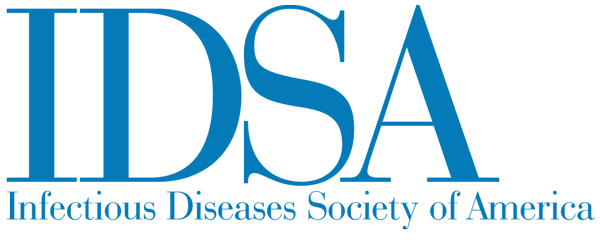COVID-19: We're reading about the spread of the virus and what needs to happen now
Facebook Twitter LinkedIn EmailA weekend after noting that the "window of opportunity" that he alludes to daily appears to be "narrowing," World Health Organization Director-General Dr. Tedros Adhanom Ghebreyesus added that sudden case increases in Italy, Iran and South Korea counted in the latest WHO reports are "deeply concerning." While a steady decline in China cases should indicate to other countries that "this virus can be contained," he, as well as the members of an expert team organized by WHO that just returning from China don't know if that will happen there, or globally, and what the future might look like. Will it settle in for the long haul, becoming, like seasonal influenza, a disease requiring continued, recurring public health responses? Will it become a pandemic -- that puts the world's population at risk of an illness for which there is not yet prevention or treatment? All of that, as well as the interplay of gaps and opportunities that have allowed the virus to surge in new places, remain unknowns, Dr. Tedros said. One thing outbreak experts are willing to say is that COVID-19 has shown itself to have pandemic potential.
"This is not the time to focus on what word we use," Dr. Tedros also said today, but a time to focus on what to do now. Priorities for all affected and potentially affected countries, he said, include:
- Protecting health workers -- failures to do that leave front-line responders at exceptional personal risk, diminish the ranks of the most indispensable responders and amplify outbreaks that can be concentrated in health service settings.
- Protect the most vulnerable -- people of advance age or with other medical conditions are at highest risk of death from the disease, which Dr. Tedros said today has shown a case fatality rate of from 2-to-4% in China, and about 0.7% percent outside of China.
- Protect and bolster the resources of countries that are the most vulnerable -- such as those across Africa with limited health system resources, and high volume travel to and from China.
More on what do to, what not to do, and how the virus has spread, is what we're reading.
What's next? This opinion piece by Michael T. Osterholm and Mark Olshaker argues that recent numbers have confirmed COVID-19 was not containable from the start, but that with that acknowledgement, responses that address the realities of the risks and can mitigate its impacts.
We're in a Petri Dish - This is an enlightening look at the combined miscalculations, oversights, challenges and unintended consequences that made the Japan-bound Diamond Princess home to more cases of COVID-19 outside of China.
A familial cluster of infection associated with the 2019 novel coronavirus indicating potential person-to-person transmission during the incubation period - The first person to show signs of COVID-19 in the family of four described here was 88 years old and homebound for at least the two weeks before his illness emerged. His exposure to the virus, investigators found, came family members who showed no symptoms at the time he was infected. This advance Journal of Infectious Diseases report highlights the challenges of protecting the most vulnerable and of monitoring the spread of a virus that can be transmitted by asymptomatic people.
Coronavirus Milan, Assault on Supermarkets - And then there's this story, in the Italian Corriere Dela Sera (a translate button is available), with a depiction of panic.


